Yokosuka_Mike
Abstract Clarity
Jutting out into Sagami bay, Cape Manazuru is at the southern end of Kanagawa Prefecture, Japan. It’s a beautiful place for a day trip. We stopped by on our way to the seaside town of Atagawa and spent several hours walking around the cape and enjoying the rocky seacoast scenery.
All the best,
Mike
All the best,
Mike
Yokosuka_Mike
Abstract Clarity
Cape Manazuru
This is the far end of the cape
This is the far end of the cape
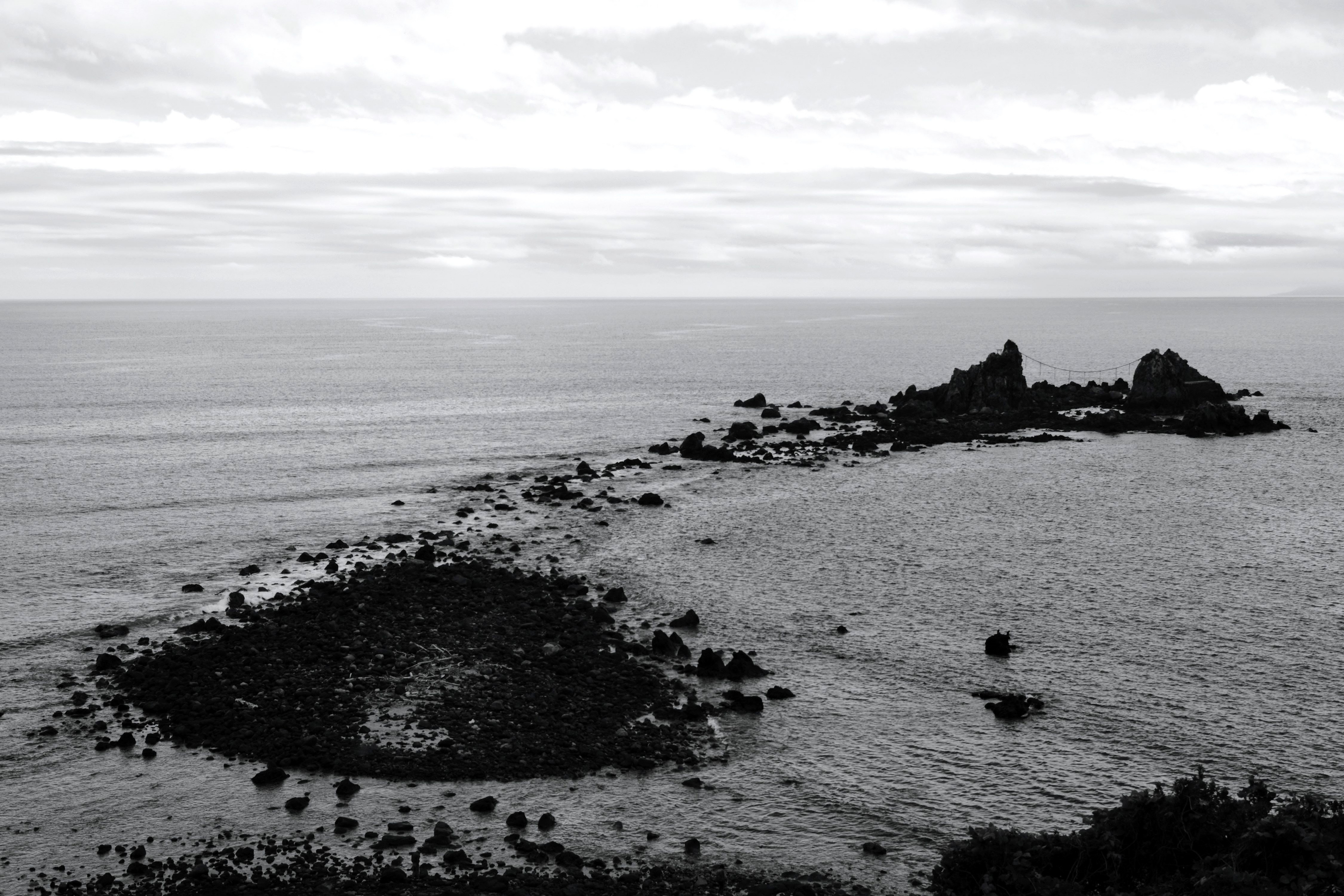
Fujifilm X-T2 camera
Fujinon XF 16-80mm f4 lens
May 2024 - Kanagawa Prefecture, Japan
Fujinon XF 16-80mm f4 lens
May 2024 - Kanagawa Prefecture, Japan
Last edited:
Yokosuka_Mike
Abstract Clarity
Cape Manazuru
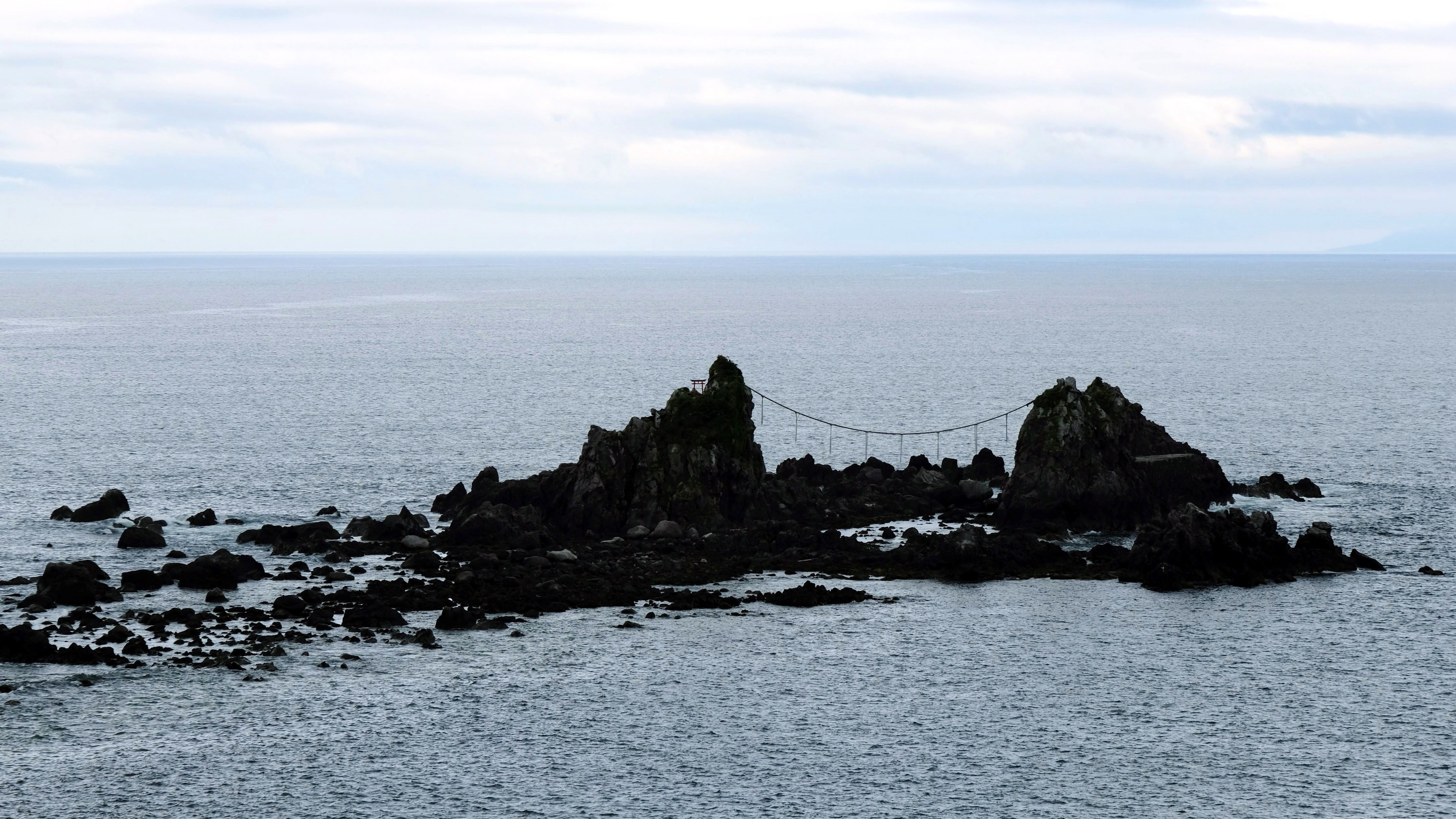
Fujifilm X-T2 camera
Fujinon XF 16-80mm f4 lens
May 2024 - Kanagawa Prefecture, Japan
Fujinon XF 16-80mm f4 lens
May 2024 - Kanagawa Prefecture, Japan
Yokosuka_Mike
Abstract Clarity
Cape Manazuru
There are steps (a lot of steps) that lead down to sea level
There are steps (a lot of steps) that lead down to sea level
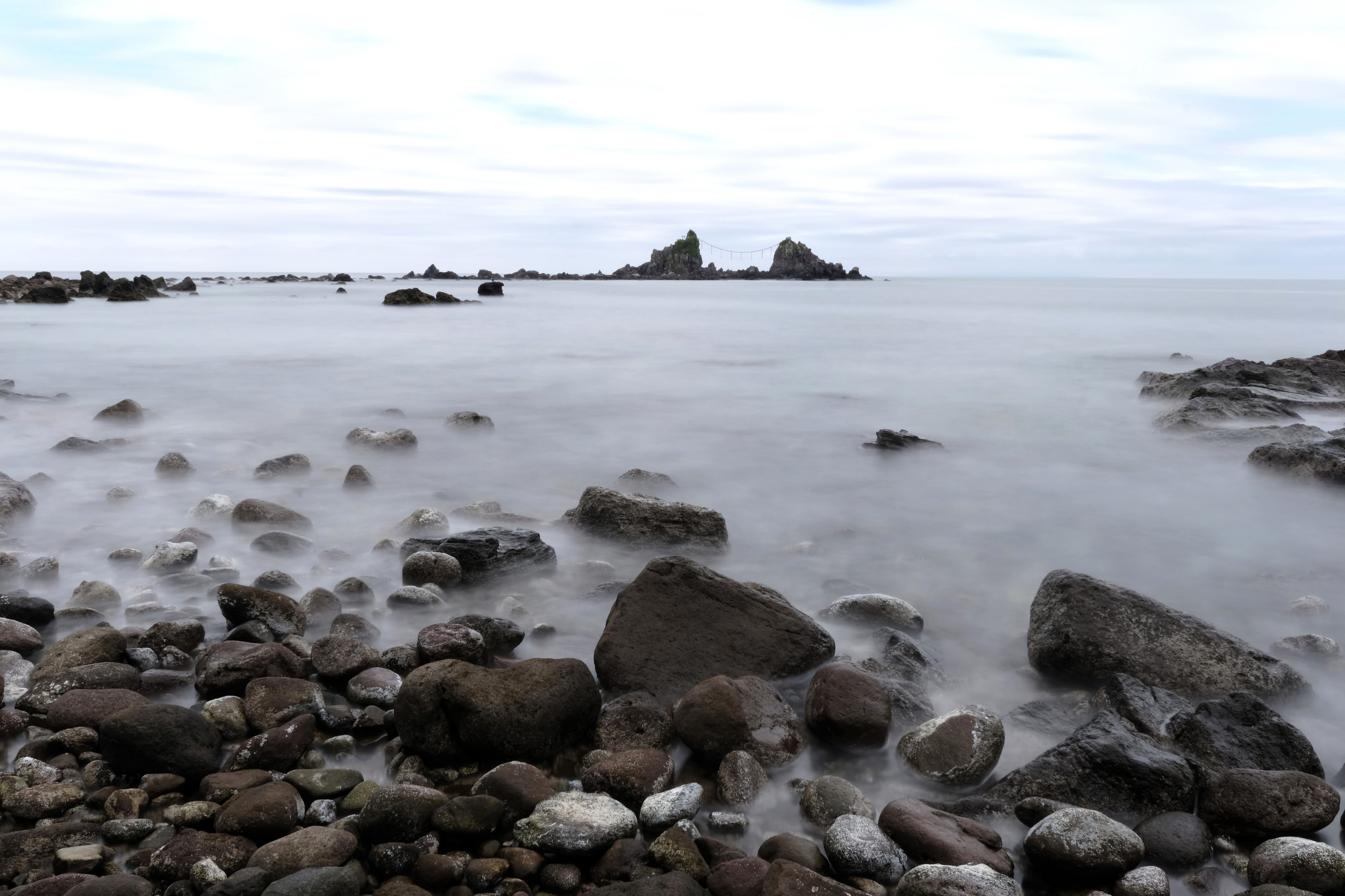
Fujifilm X-T2 camera
Fujinon XF 16-80mm f4 lens
May 2024 - Kanagawa Prefecture, Japan
Fujinon XF 16-80mm f4 lens
May 2024 - Kanagawa Prefecture, Japan
Last edited:
Yokosuka_Mike
Abstract Clarity
Cape Manazuru
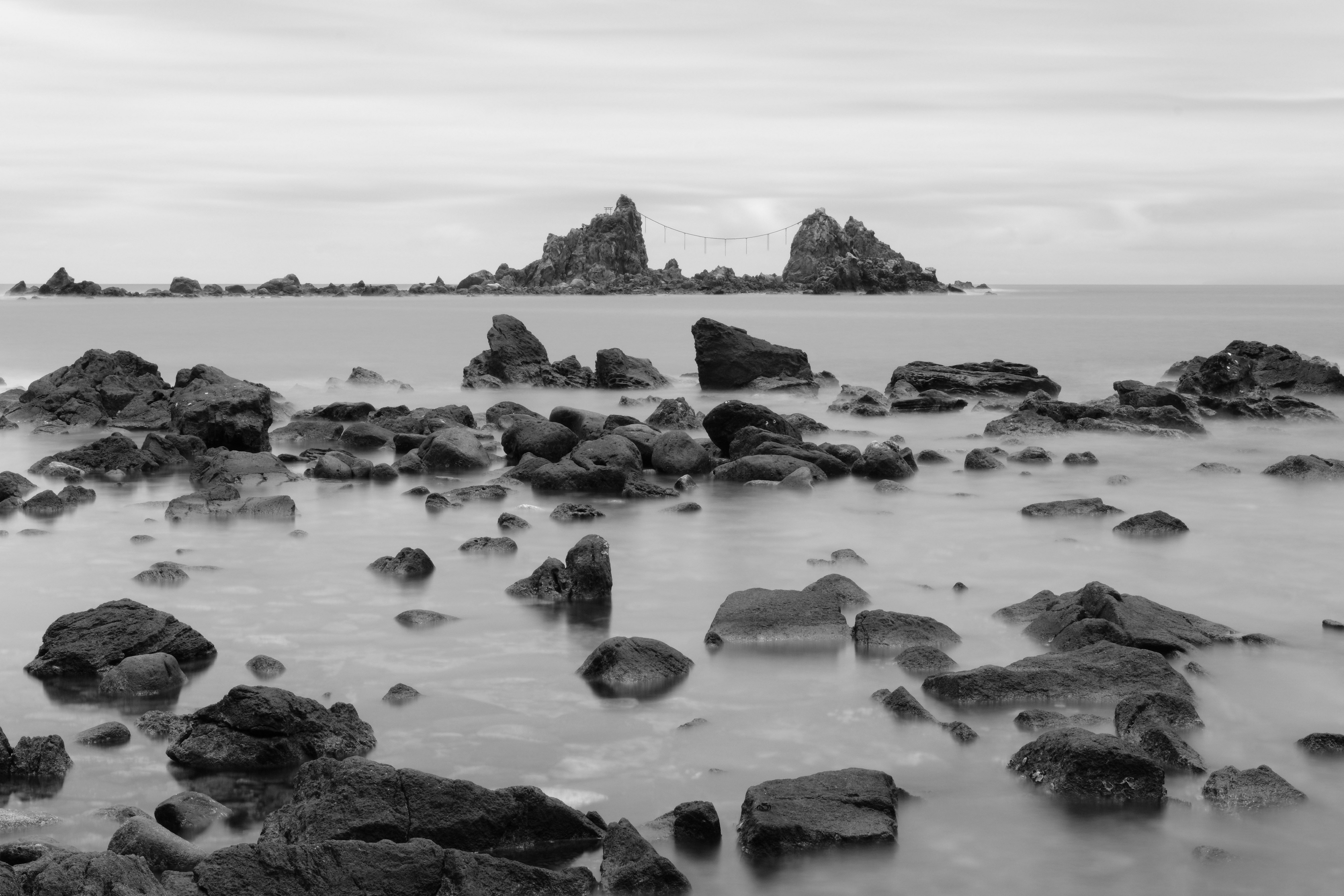
Fujifilm X-T2 camera
Fujinon XF 16-80mm f4 lens
May 2024 - Kanagawa Prefecture, Japan
Fujinon XF 16-80mm f4 lens
May 2024 - Kanagawa Prefecture, Japan
Yokosuka_Mike
Abstract Clarity
Cape Manazuru
I did use a tripod and an ND filter for some of these images.
I did use a tripod and an ND filter for some of these images.
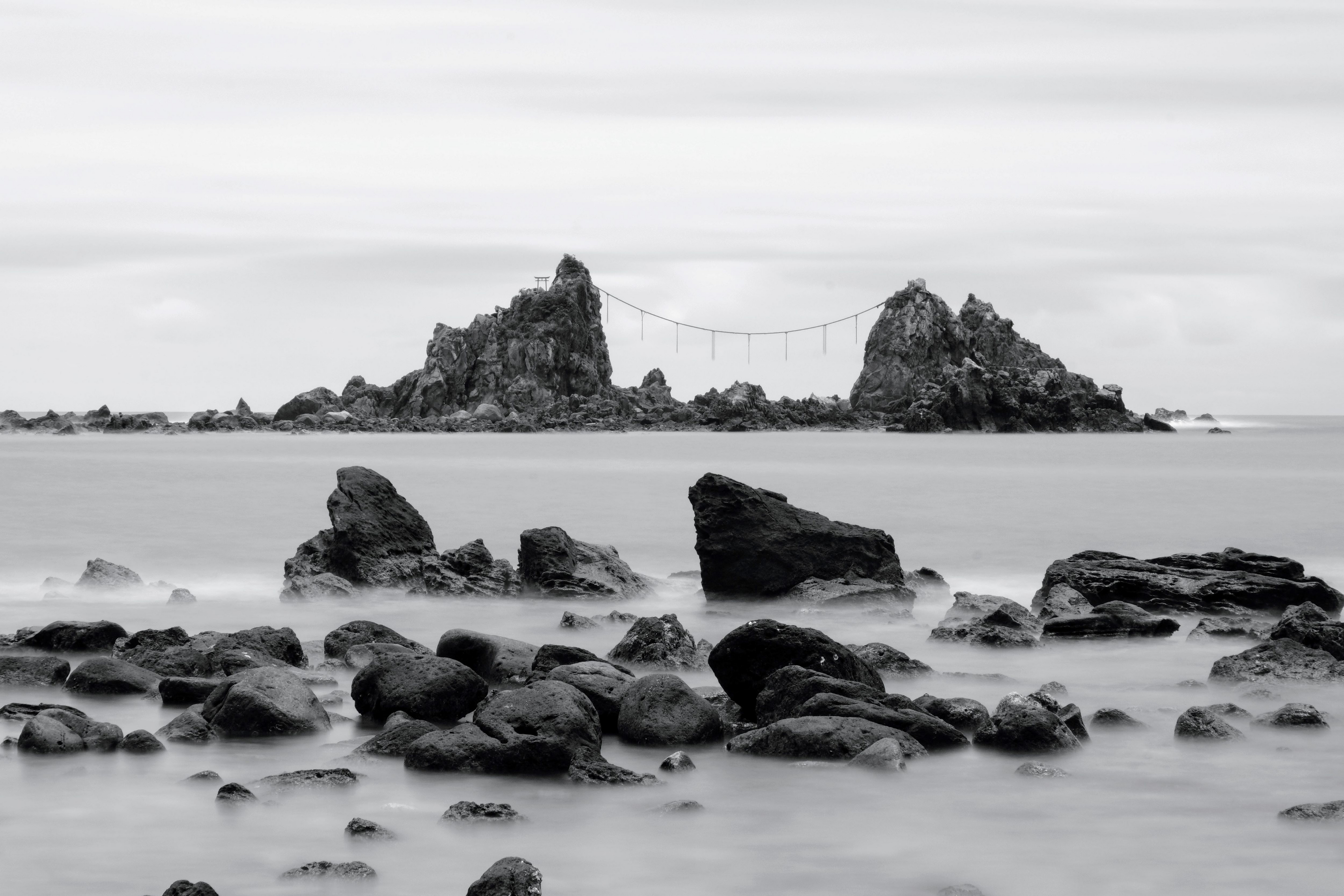
Fujifilm X-T2 camera
Fujinon XF 16-80mm f4 lens
May 2024 - Kanagawa Prefecture, Japan
Fujinon XF 16-80mm f4 lens
May 2024 - Kanagawa Prefecture, Japan
Last edited:
Yokosuka_Mike
Abstract Clarity
Cape Manazuru
Manazuru's Mitsu-ishi
Manazuru's Mitsu-ishi
Fujifilm X-T2 camera
Fujinon XF 16-80mm f4 lens
May 2024 - Kanagawa Prefecture, Japan
Fujinon XF 16-80mm f4 lens
May 2024 - Kanagawa Prefecture, Japan
Yokosuka_Mike
Abstract Clarity
Scenes from Cape Manazuru
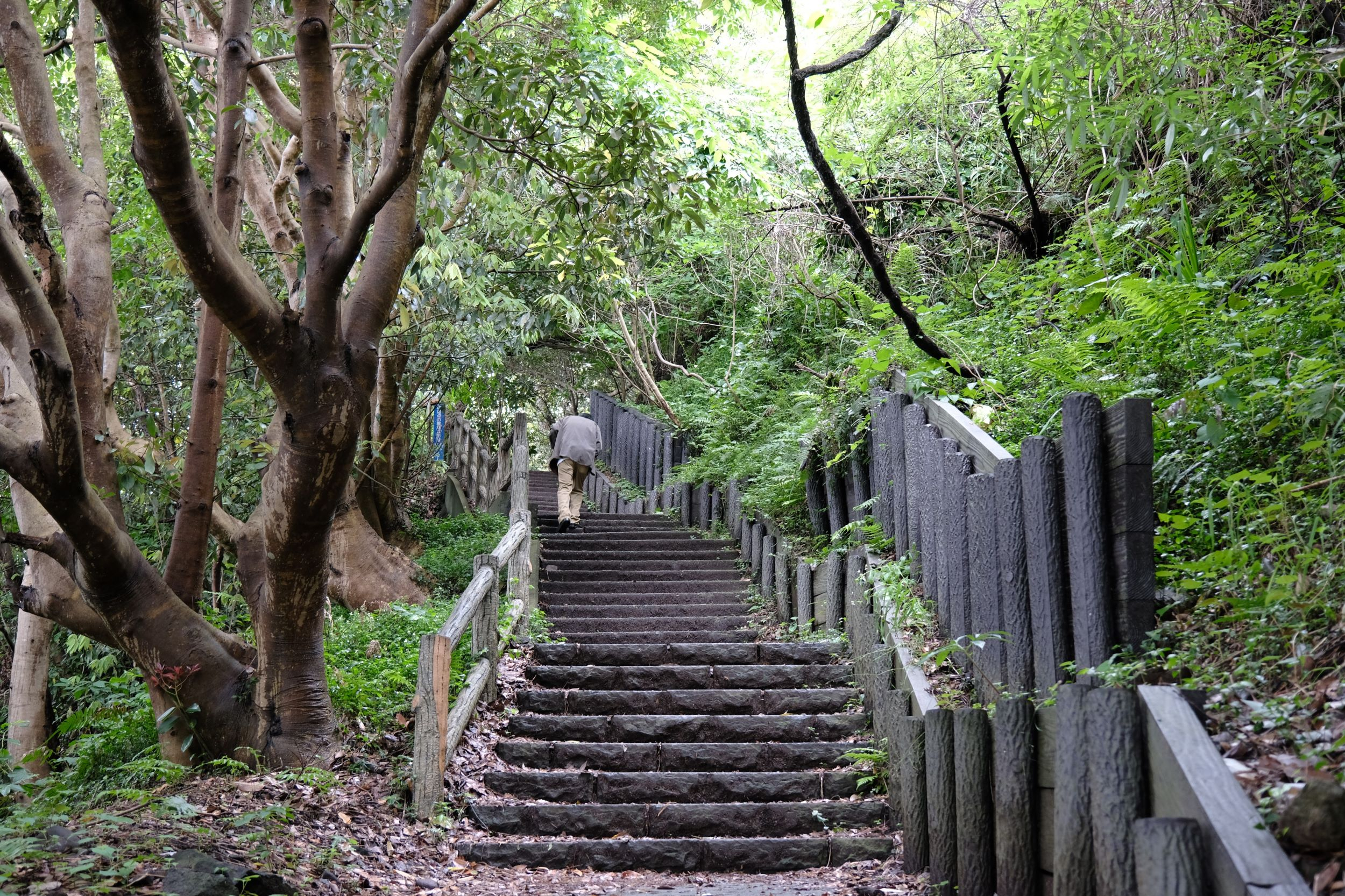
Fujifilm X-T2 camera
Fujinon XF 16-80mm f4 lens
May 2024 - Kanagawa Prefecture, Japan
Fujinon XF 16-80mm f4 lens
May 2024 - Kanagawa Prefecture, Japan
Yokosuka_Mike
Abstract Clarity
Scenes from Cape Manazuru
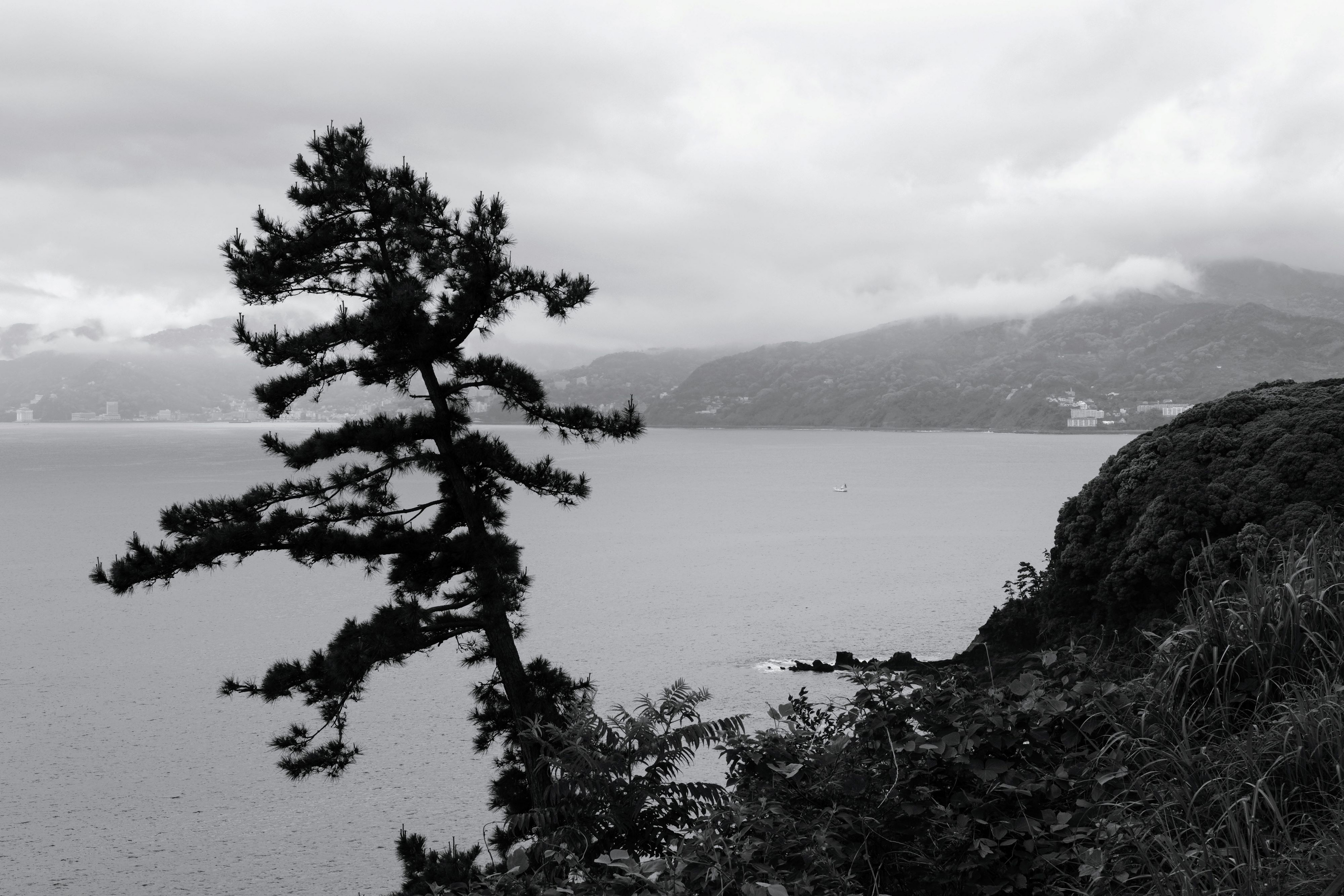
Fujifilm X-T2 camera
Fujinon XF 16-80mm f4 lens
May 2024 - Kanagawa Prefecture, Japan
Fujinon XF 16-80mm f4 lens
May 2024 - Kanagawa Prefecture, Japan
Yokosuka_Mike
Abstract Clarity
Scenes from Cape Manazuru
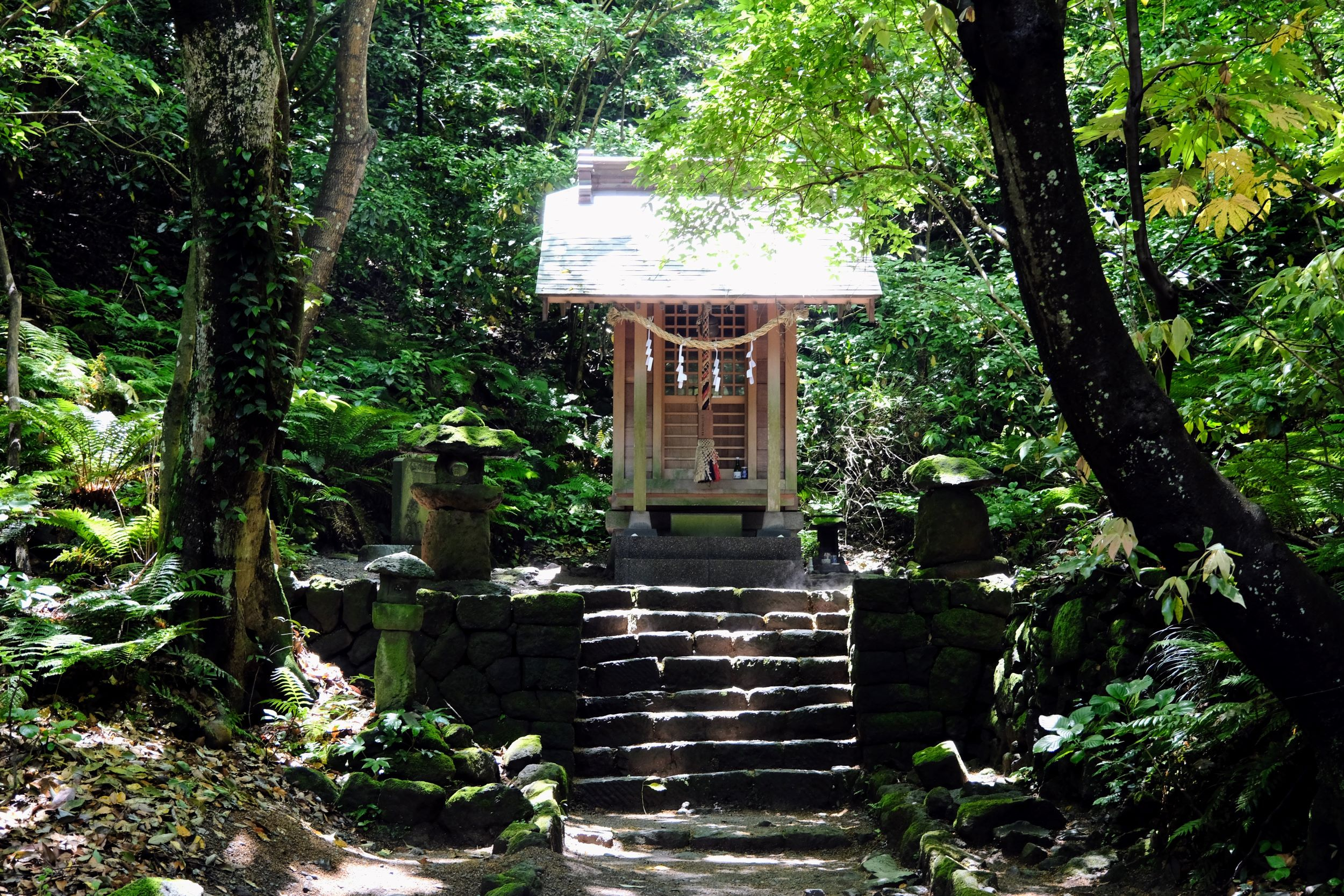
Fujifilm X-T2 camera
Fujinon XF 16-80mm f4 lens
May 2024 - Kanagawa Prefecture, Japan
Fujinon XF 16-80mm f4 lens
May 2024 - Kanagawa Prefecture, Japan
Yokosuka_Mike
Abstract Clarity
Scenes from Cape Manazuru
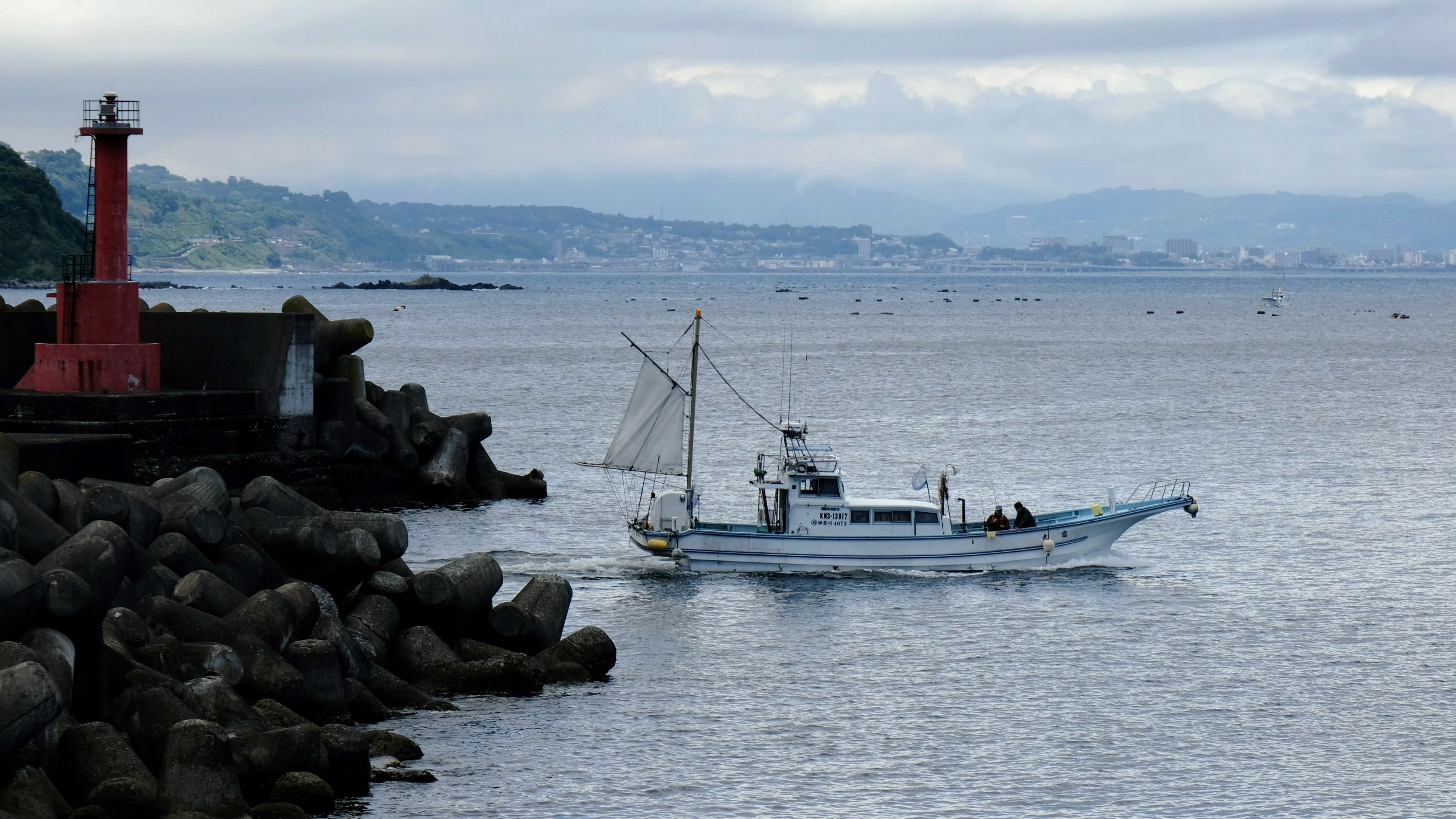
Fujifilm X-T2 camera
Fujinon XF 16-80mm f4 lens
May 2024 - Kanagawa Prefecture, Japan
Fujinon XF 16-80mm f4 lens
May 2024 - Kanagawa Prefecture, Japan
Yokosuka_Mike
Abstract Clarity
Scenes from Cape Manazuru
A waterfront park with easy access to tidal pools
A waterfront park with easy access to tidal pools
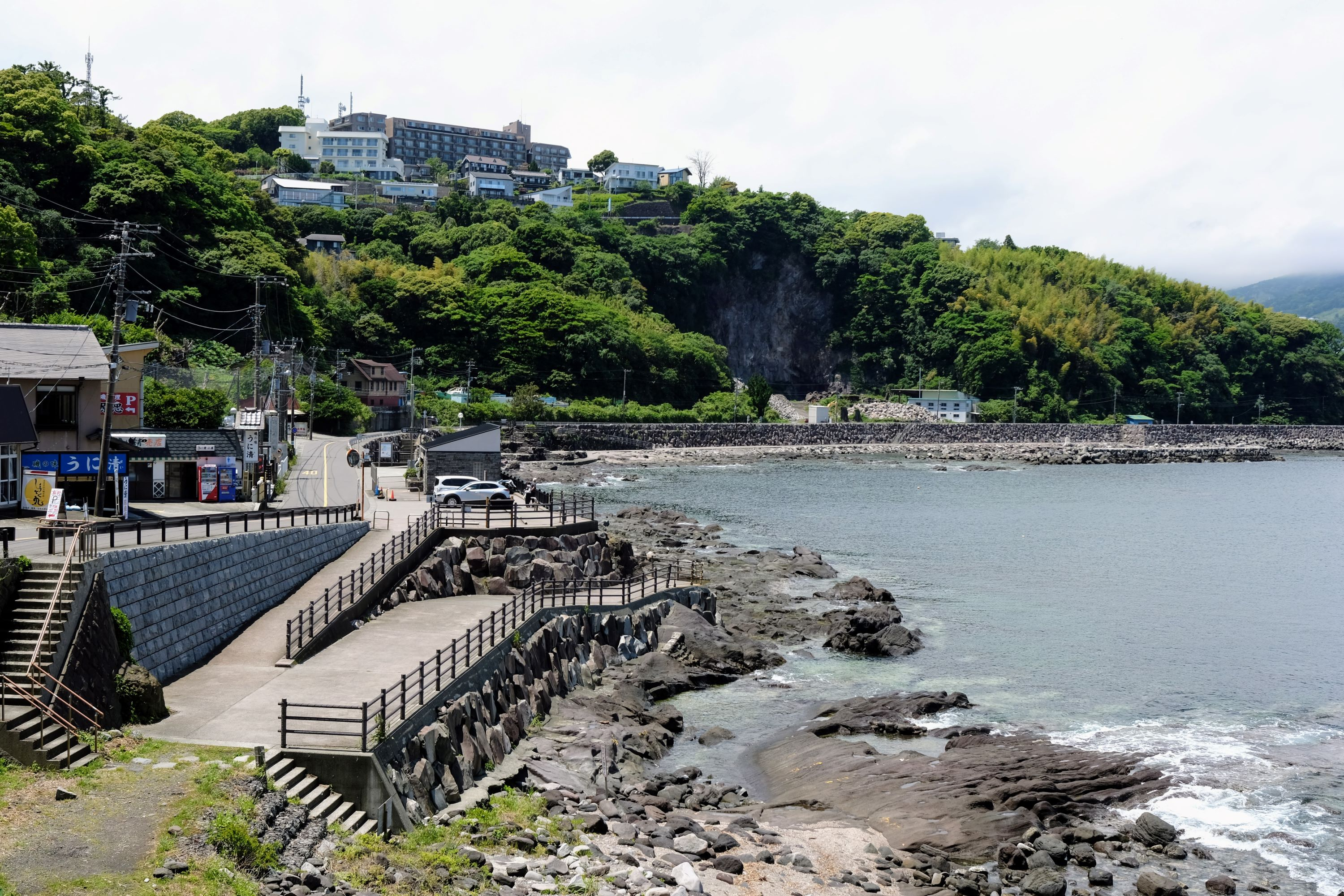
Fujifilm X-T2 camera
Fujinon XF 16-80mm f4 lens
May 2024 - Cape Manazuru, Kanagawa Prefecture, Japan
Fujinon XF 16-80mm f4 lens
May 2024 - Cape Manazuru, Kanagawa Prefecture, Japan
Yokosuka_Mike
Abstract Clarity
Scenes from Cape Manazuru - Irifune Inn
Per the Inn's internet info: Thanks to the local fishermen, our seafood is the freshest, so our cuisine is the best! Our fishing boat experience package is also popular!Manazuru Harbor is right before your eyes at Ryokan Irifune, where we pride ourselves on delicious cuisine and panoramic views of the sea. We do our own fishing, so you can enjoy fresh-caught seafood. For those who love fishing, or really anyone who wants to get a taste of fresh seafood, we're here to welcome in any and all types of guests.
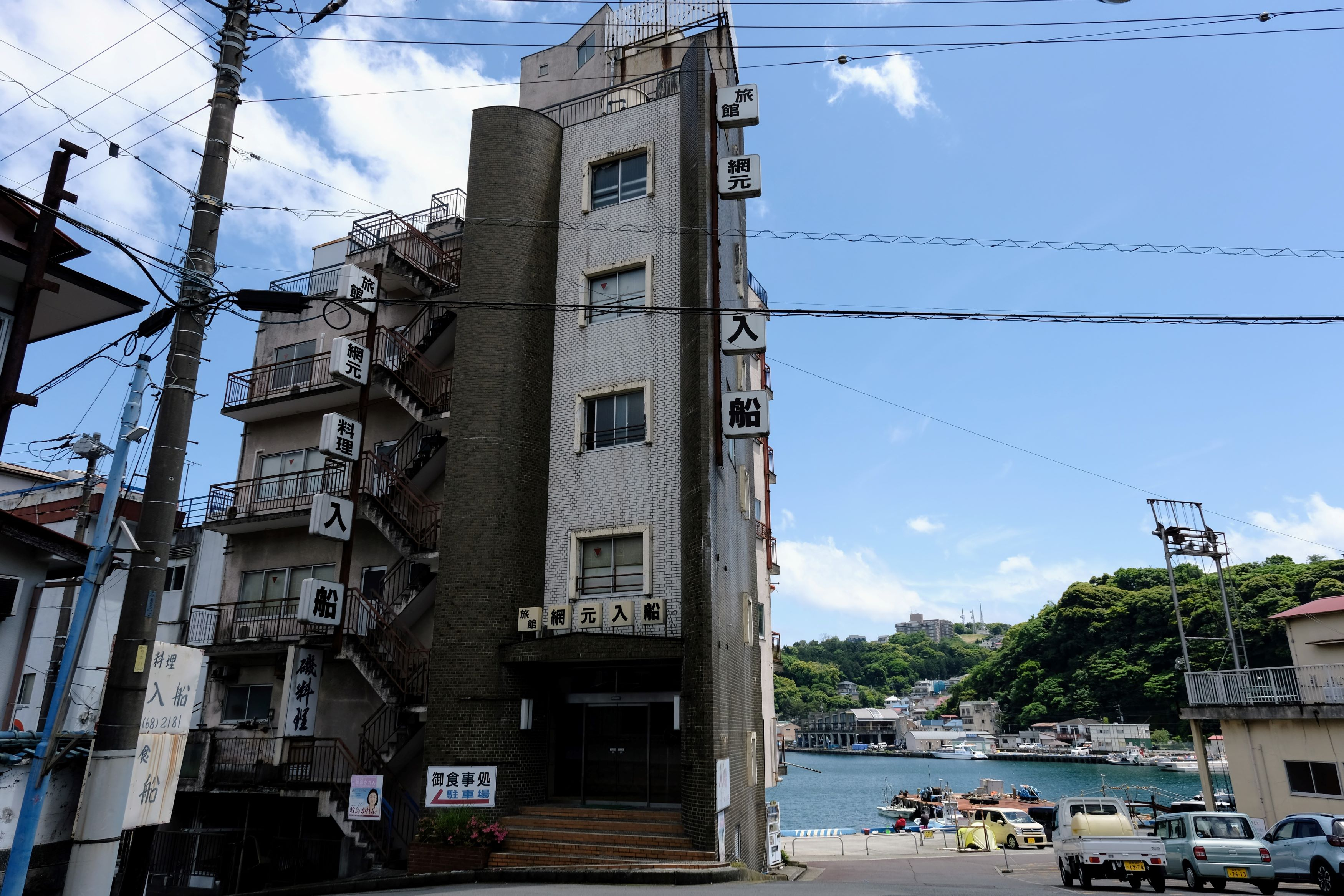
Fujifilm X-T2 camera
Fujinon XF 16-80mm f4 lens
May 2024 - Cape Manazuru, Kanagawa Prefecture, Japan
Fujinon XF 16-80mm f4 lens
May 2024 - Cape Manazuru, Kanagawa Prefecture, Japan
Yokosuka_Mike
Abstract Clarity
Scenes from Cape Manazuru
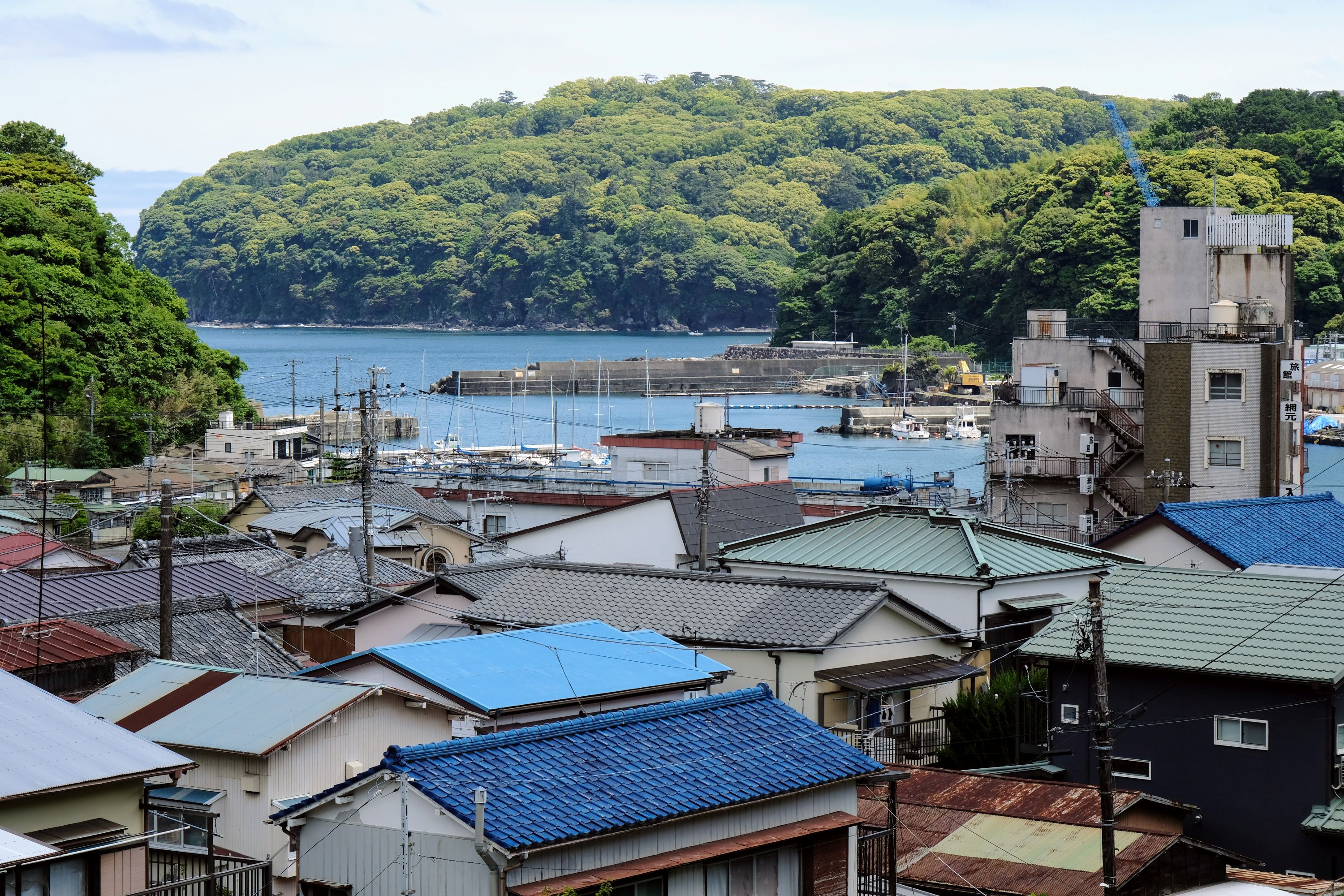
Fujifilm X-T2 camera
Fujinon XF 16-80mm f4 lens
May 2024 - Cape Manazuru, Kanagawa Prefecture, Japan
Fujinon XF 16-80mm f4 lens
May 2024 - Cape Manazuru, Kanagawa Prefecture, Japan
Yokosuka_Mike
Abstract Clarity
Scenes from Cape Manazuru
Manazuru Train Station and Bus Terminal
Manazuru Train Station and Bus Terminal
We arrived at Cape Manazuru by train and took a bus to the end of the Cape. Then we walked from the tip of the cape back to the train station. The walk can be done in about 50 minutes if one doesn't stop to explore and take pictures. Of course we meandered all over the place and I took pictures of everything.
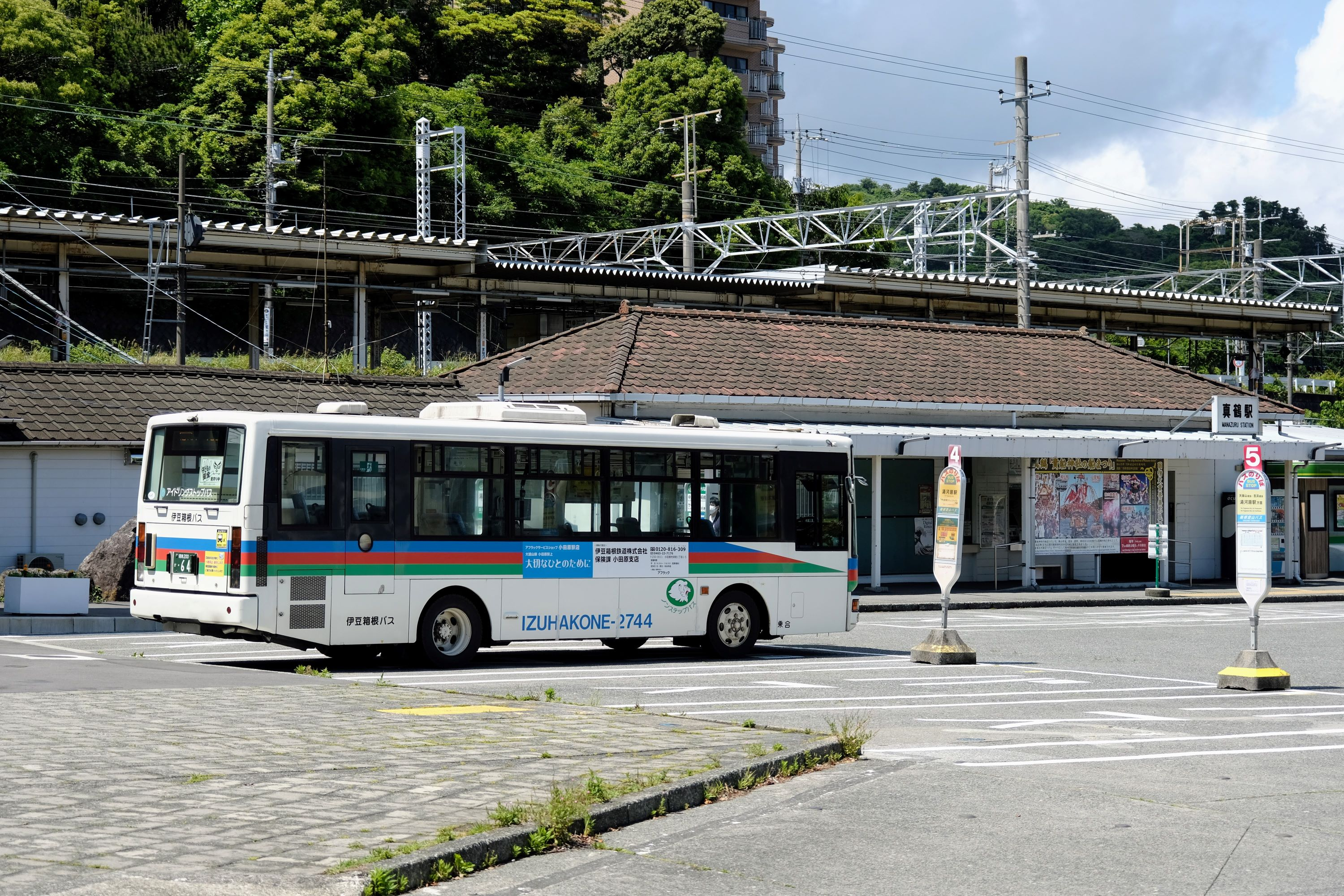
Fujifilm X-T2 camera
Fujinon XF 16-80mm f4 lens
May 2024 - Cape Manazuru, Kanagawa Prefecture, Japan
Fujinon XF 16-80mm f4 lens
May 2024 - Cape Manazuru, Kanagawa Prefecture, Japan
Yokosuka_Mike
Abstract Clarity
Scenes from Cape Manazuru
Inside Manazuru Train Station. It was time to catch the train to Atami and then transfer to the train that will take us to our ultimate destination, the seaside resort town of Atagawa.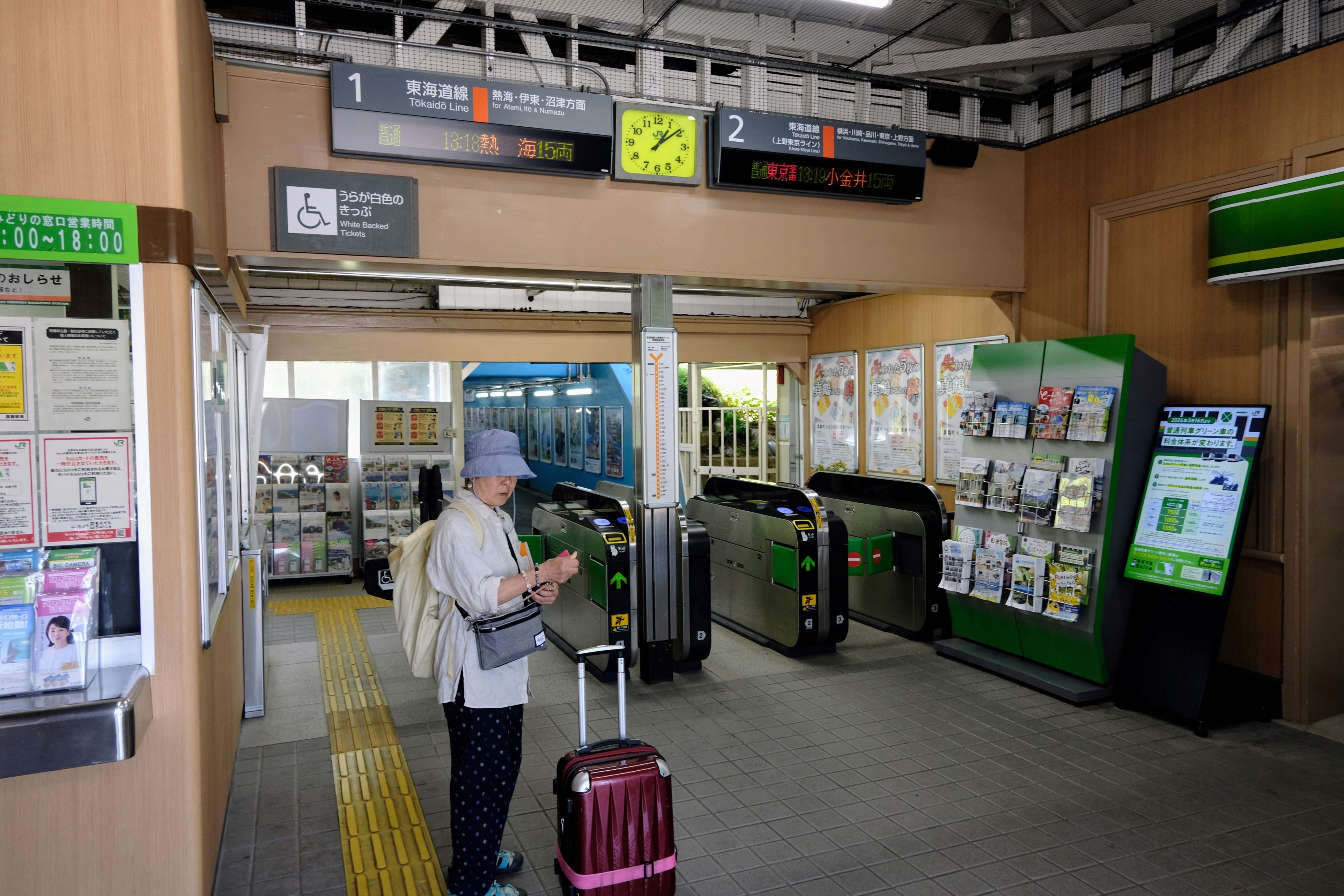
Fujifilm X-T2 camera
Fujinon XF 16-80mm f4 lens
May 2024 - Cape Manazuru, Kanagawa Prefecture, Japan
Fujinon XF 16-80mm f4 lens
May 2024 - Cape Manazuru, Kanagawa Prefecture, Japan
DownUnder
Nikon Nomad
Aha. Out and about with your XT2, I see. And only one lens. Minimalism. Good one!!
Nice shots, so different from your street work in that other thread of yours. But equally enjoyable.
These images capture the quiet beauty that typifies so much of Japan out of the cities.
Nice shots, so different from your street work in that other thread of yours. But equally enjoyable.
These images capture the quiet beauty that typifies so much of Japan out of the cities.
Yokosuka_Mike
Abstract Clarity
Aha. Out and about with your XT2, I see. And only one lens. Minimalism. Good one!!
Nice shots, so different from your street work in that other thread of yours. But equally enjoyable.
These images capture the quiet beauty that typifies so much of Japan out of the cities.
Thank you, DownUnder, your kind comments are always appreciated.
All the best,
Mike
lynnb
Mentor
Very nice Mike, thanks for taking me there.
PS what is the purpose of the hanging chains between the rocks?
PS what is the purpose of the hanging chains between the rocks?
Yokosuka_Mike
Abstract Clarity
Very nice Mike, thanks for taking me there.
PS what is the purpose of the hanging chains between the rocks?
Thank you, Lynn, and thank you for taking the time to check out the thread and ask a question.
It's a rope, not a chain. The following is some information from the internet about the significance of the rope on the rocks.
If you have ever visited a Japanese temple or shrine, you may have noticed impressive trees or rocks decorated with sacred rope. These trees or rocks are considered to be gods in Japan, and the sacred rope shows that they are special. Mitsu-ishi, (the Three Rocks) located at Cape Manazuru, is like this. Three large, sacred rocks sit in the sea, very close to shore. The rocks are decorated with a sacred rope and can be seen from a very far distance. In 1977, the Manazuru Tourist Association adorned the rocks with the rope, which is 13cm in diameter and 37m in total length. This huge rope weighs one ton!
Manazuru, the town, is nestled onto a small, beautifully wooded peninsula that sits just southeast of Hakone, only a 1.5 hour train ride from Tokyo Station on the JR Tokaido Line, and 15 minutes from Odawara Station. The name “Manazuru” originates from the shape of the peninsula, which resembles a crane with its wings open. The cape is the neck and head of the crane and is partially composed of lava from Hakone’s ancient volcanoes.
On New Year’s Day, large crowds of people make their way down to the beach to see the sunrise early in the morning. The sun comes up precisely in the middle of the Mitsu-ishi and their sacred rope. It is said that this sunrise is majestic—dramatically suitable for the beginning of the New Year. Summer is another busy season, when many people come here and enjoy the beach. Passing through the pine forest and groves of camphor trees, you’ll suddenly find yourself standing on the edge of the cape. Go down to the rocky beach; enjoy fishing, swimming, or just viewing the Three Rocks and other stunning scenery.
All the best,
Mike
Share:
-
This site uses cookies to help personalise content, tailor your experience and to keep you logged in if you register.
By continuing to use this site, you are consenting to our use of cookies.
